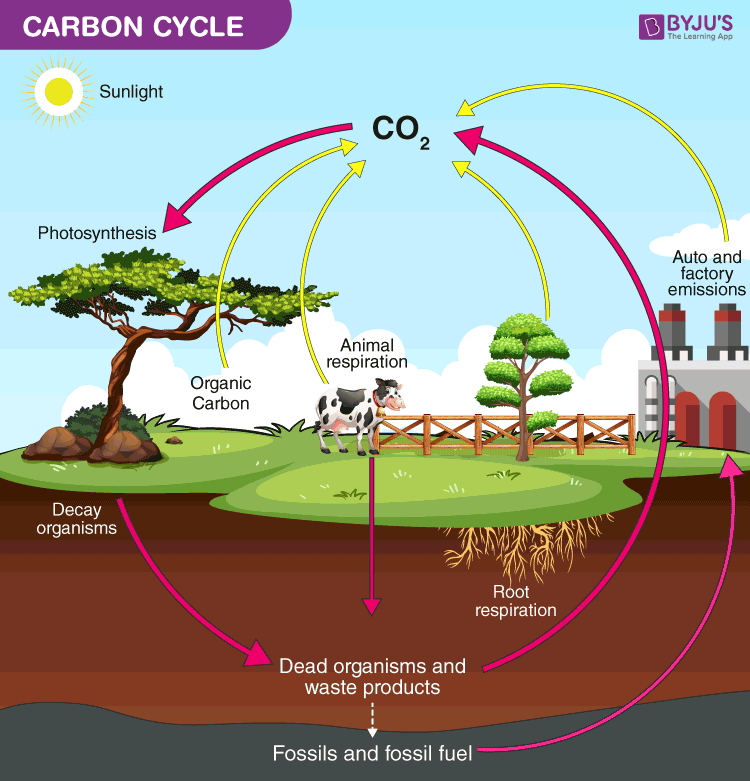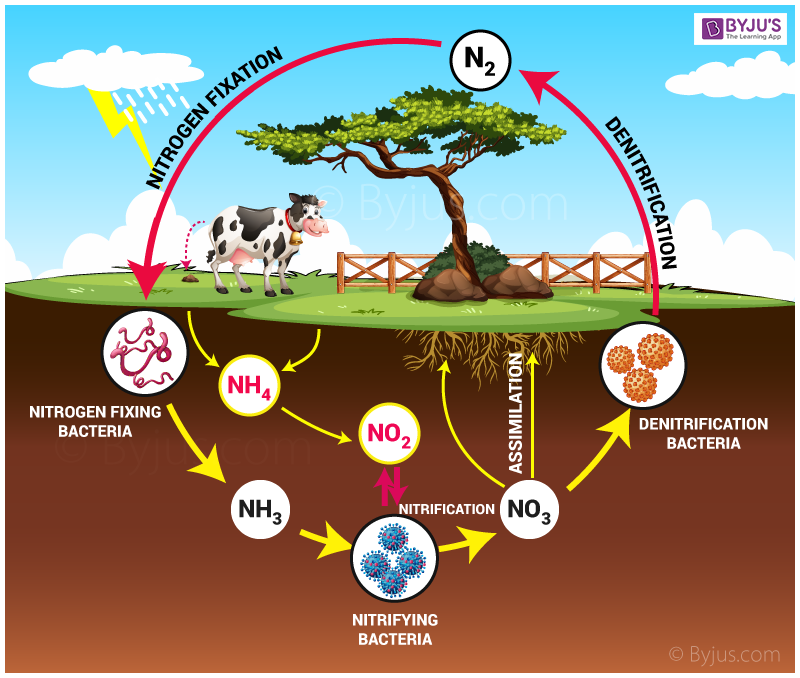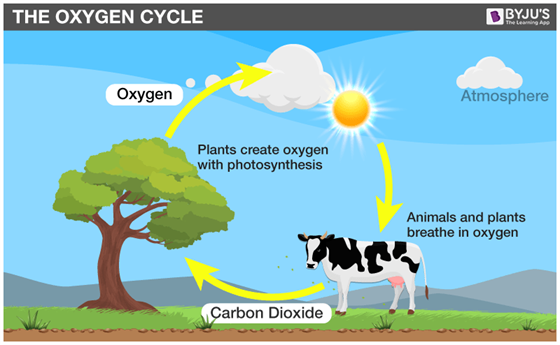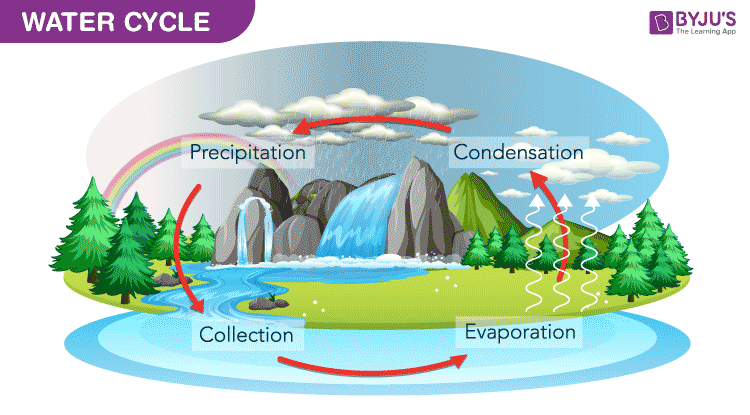Table of Contents:
Download Complete Chapter Notes of Ecosystem
Download Now
Nutrient Cycle Definition
“A nutrient cycle is defined as the cyclic pathway by which nutrients pass-through, in order to be recycled and reutilised. The pathway comprises cells, organisms, community and ecosystem.”
In the process, nutrients get absorbed, transferred, released and reabsorbed. It is a natural recycling system of mineral nutrients.
Also see: NEET Answer Key
Nutrients consumed by plants and animals are returned to the environment after death and decomposition and the cycle continues.
Soil microbes play an important role in nutrient recycling. They decompose organic matter to release nutrients. They are also important to trap and transform nutrients into the soil, which can be taken up by plant roots.
Nutrient cycling rate depends on various biotic, physical and chemical factors.
Examples of a nutrient cycle: carbon cycle, nitrogen cycle, water cycle, oxygen cycle, etc.
Energy Flow and Nutrient Cycle
How nutrient cycling differs from energy flow?
The energy flow refers to the transfer of energy from one trophic level to another in the food chain and food web. It is unidirectional and energy is lost from one trophic level to another in the form of heat. Sunlight is the ultimate energy source.
Nutrient cycling is a cyclic process that encompasses the movement of nutrients from the physical environment to living organisms and back to the environment. Nutrients are present on the earth where they are recycled, transformed into different forms and reutilized.
Nutrient Cycle Examples
Nutrient recycling involves both biotic and abiotic components. The main abiotic components are air, water, soil.
Recycling of Carbon, Hydrogen, Nitrogen and Oxygen occurs in water, air and soil, whereas calcium, phosphorus, potassium, etc. are recycled mainly in soil and are available locally.
The 4 main nutrient cycles are:
1.Carbon Cycle
Carbon is the main constituent of all the living cells. All the organic matter and biomolecules contain carbon.

- Carbon is present mainly as carbon dioxide and methane in the atmosphere
- There is a continuous exchange of carbon between biotic and abiotic components by the process of photosynthesis and respiration
- Atmospheric carbon dioxide is fixed by plants in the process of photosynthesis
- All the living organisms release carbon dioxide during respiration
- Carbon is released into the atmosphere by burning of fossil fuels and auto emissions
- Organic carbon from dead and decaying organisms and waste products is released into the atmosphere after decomposition

2. Nitrogen Cycle
Nitrogen is also an essential component of life. Nitrogen cannot be directly utilised by living organisms and has to be converted to other forms.

- By the process of nitrogen fixation, nitrogen-fixing bacteria fix atmospheric nitrogen to ammonia and nitrifying bacteria convert ammonia to nitrate. It is then taken up by plants
- Atmospheric nitrogen is converted to nitrates directly by lightning and assimilated by plants
- Decomposers break down proteins and amino acids of dead and decaying organic matters and waste product
- Denitrifying bacteria convert ammonia and nitrates to nitrogen and nitrous oxide by the process of denitrification. In this way, nitrogen is released back into the atmosphere

3. Oxygen Cycle
Oxygen is essential for life. Aquatic organisms are dependent on oxygen dissolved in water. Oxygen is required for decomposition of biodegradable waste products.
- Photosynthesis is the main source of oxygen present in the atmosphere
- Atmospheric oxygen is taken up by living organisms in the process of respiration and release carbon dioxide which is used for photosynthesis by plants

4. Hydrologic or Water Cycle
Water is an essential element for life to exist on earth.
- Water from oceans, lakes, rivers and other reservoirs is continuously converted to vapour by the process of evaporation and transpiration from the surface of plants
- Water vapours get condensed and return by precipitation and the cycle continues
- The water falling on the ground is absorbed and stored as groundwater

Importance of Nutrient Cycling
All living organisms, biomolecules and cells are made up of carbon, hydrogen, oxygen, nitrogen, sulphur and phosphorus. These elements are essential for life. It is important to recycle and continuously replenish nutrients into the environment for life to exist.
Nutrient cycling is important for:
- It is required for the transformation of nutrients from one form to another so that it can be readily utilised by different organisms, e.g. plants cannot take atmospheric nitrogen and it has to be fixed and converted to ammonium and nitrate for uptake.
- Transfer of nutrients from one place to another for utilisation, e.g. air to soil or water
- Nutrient cycles keep the ecosystem in equilibrium and help in storing nutrients for future uptake
- Through nutrient cycling, living organisms interact with the abiotic components of their surroundings
This was in brief about nutrient cycling. Learn more about similar concepts related to NEET only at BYJU’S.
Also Check:

Comments